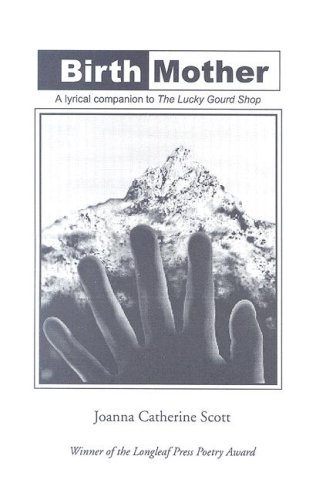 |
|
 |
Though he is raised in obscurity by humble peasants, Radheya’s natural kingly qualities cannot be covered by the poverty and disadvantage of his circumstances. They shine through like sun’s rays through dark storm clouds, and, against all odds, Radheya makes his mark on the world.
The Ballad of Radheya tells the life story of one of the most poignant figures of the great Indian epic, the Mahabharata.
About the Author: Krishna Rose Sharanya is a British writer with an interest in Indian literature and in India’s mystical teachings on reincarnation and the spiritual self. As a university student in 1989, she found herself reading alongside each other Kamala Subramaniam’s English translation of the Mahabharata and Alfred Lord Tennyson’s The Lady of Shalott, both of which captivated her immensely. Of all the many tales and threads of life stories contained in the Mahabharata, it is the life story of the character Radheya that has remained with her throughout the years as the most compelling, and she became inspired to showcase Radheya’s story in a book of its own in classical style English poetry inspired by Tennyson, and decorated with her sensitive pencil illustrations.
Krishna enjoys traveling to different countries around the world, and spent a number of years in India visiting the ancient historical sites that were the settings of the stories in the Mahabharata. She also runs a teaching consultancy in England called Avesha Presentations Hinduism Workshops for Schools, which provides support to religious education teachers around Britain and gives thousands of students of all ages each year an adventuresome day of storytelling from the Mahabharata and exploring India’s timeless philosophical ideas and culture. In the summer of 2013, Krishna began work on a series of novels for children featuring themes of mysticism and reincarnation.














































